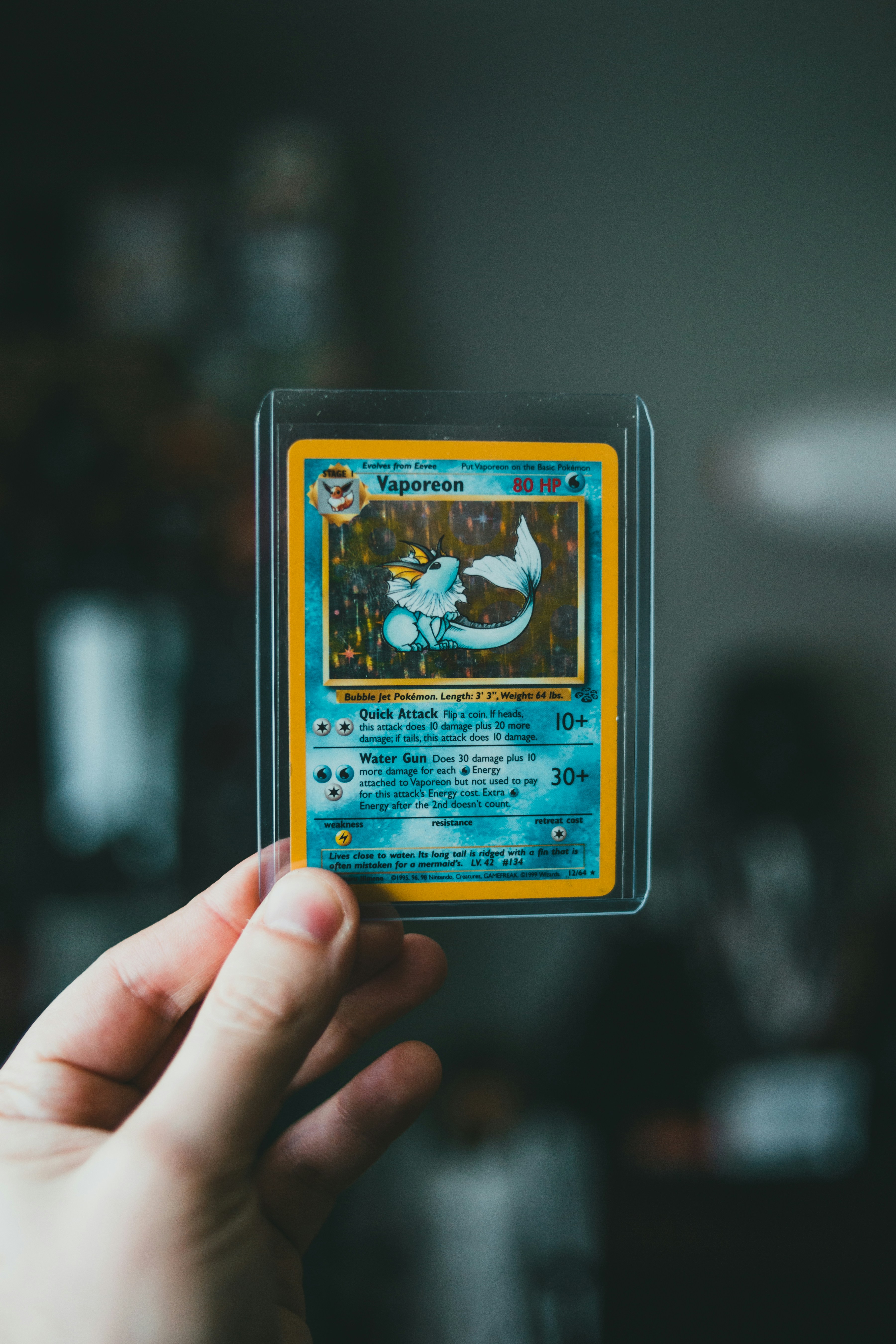The Fascinating World of Holographic Cards
Jul 23, 2024

Holographic cards have captivated collectors, gamers, and tech enthusiasts alike with their stunning visual effects and innovative technology. In this blog post, we will explore what holographic cards are, their applications, how they are made, and even provide some code snippets for those interested in creating digital representations of holographic cards.
What Is A Holographic Card?
Holographic cards are cards that feature a hologram, which is a three-dimensional image created by recording light patterns. These cards are often used in various applications, including:
Trading Cards: Popular in games like Pokémon and Magic: The Gathering, holographic cards enhance the visual appeal and rarity of the cards.
Gift Cards: Many retailers use holographic elements to prevent counterfeiting and add a unique touch to their gift cards.
ID Cards: Holograms are commonly used in security features for identification cards, ensuring authenticity and preventing forgery.
The Science Behind Holography
To understand holographic cards, it’s essential to grasp the basics of holography. Holography involves recording light patterns from a coherent light source (like a laser) and reconstructing them to create a three-dimensional image.
Key Terms in Holography
Coherent Light: Light waves that are in phase and have a constant phase difference.
Interference: The process where two or more light waves overlap, creating a new wave pattern.
Diffraction: The bending of light waves around obstacles or through openings, contributing to the holographic effect.
Applications of Holographic Cards
Holographic cards have a wide range of applications across different industries:
1. Collectibles and Gaming
Holographic cards are highly sought after in the collectibles market. For example, in trading card games, holographic cards can signify rarity and value. Collectors often pay a premium for holographic versions of their favorite cards.
2. Security and Authentication
Holograms are widely used in security applications. For instance, credit cards and ID cards often incorporate holographic images to deter counterfeiting. The unique visual effects of holograms make it difficult for forgers to replicate them accurately.
3. Marketing and Branding
Companies use holographic cards as part of their marketing strategies. Holographic business cards can leave a lasting impression on potential clients, showcasing creativity and innovation.
How Holographic Cards Are Made
The production of holographic cards involves several steps:
Designing the Hologram: The first step is to create a digital design of the hologram using specialized software.
Recording the Hologram: A laser is used to record the light patterns onto a photosensitive material, creating the holographic image.
Developing the Hologram: The recorded material is then developed using chemical processes, similar to traditional photography.
Printing the Card: Finally, the hologram is printed onto the card material, often using high-quality printing techniques to ensure durability and visual appeal.
Code Snippets for Digital Holographic Cards
For those interested in creating digital representations of holographic cards, here are some code snippets using HTML, CSS, and JavaScript.
Example 1: Basic Holographic Card Design
Example 2: CSS for Holographic Effect
Example 3: Adding Interactivity with JavaScript
Conclusion
Holographic cards are more than just visually appealing collectibles; they represent a blend of art, technology, and innovation. From their applications in gaming and security to their potential future in AR and VR, holographic cards continue to intrigue and inspire. Whether you are a collector, a developer, or simply someone interested in cutting-edge technology, the world of holographic cards offers something for everyone.